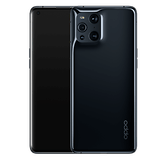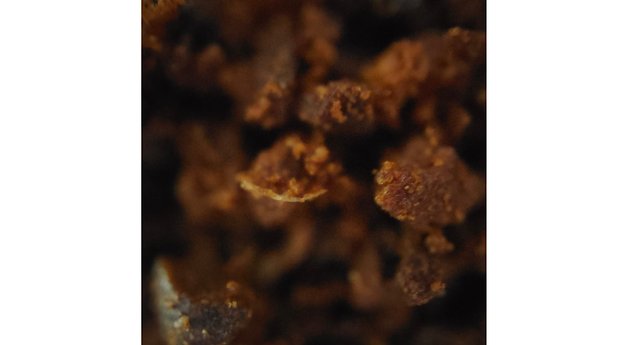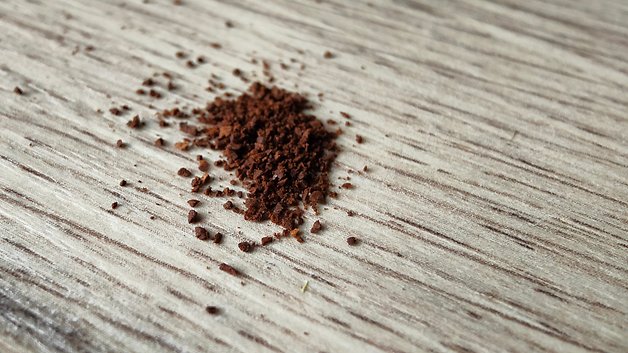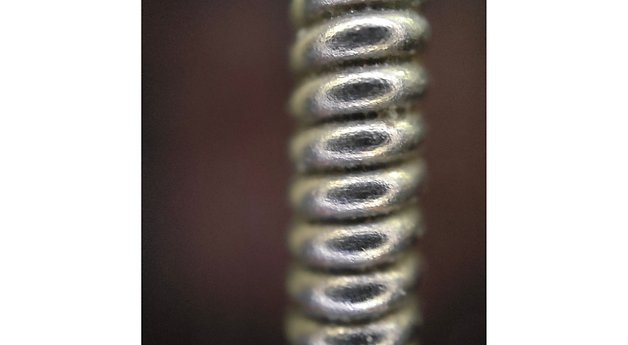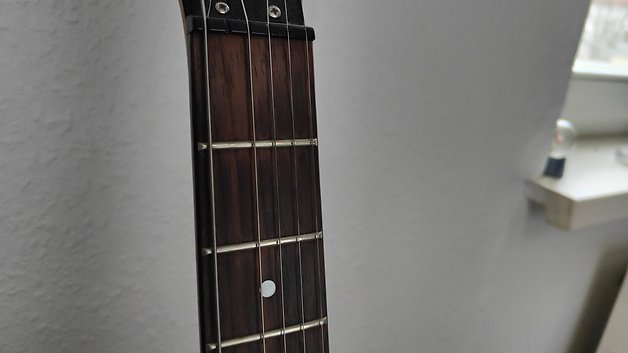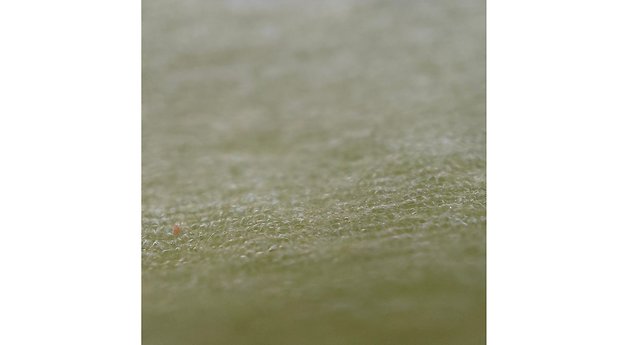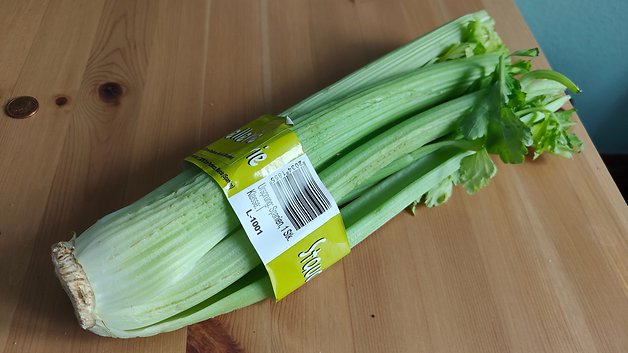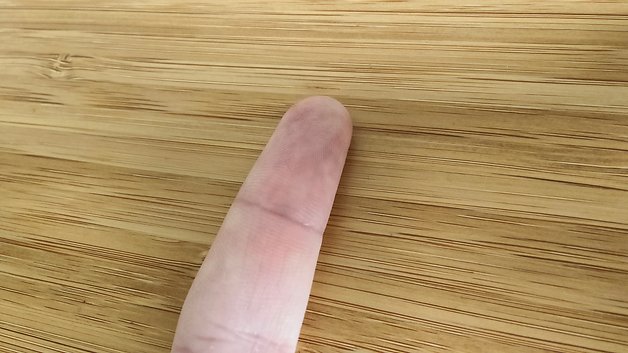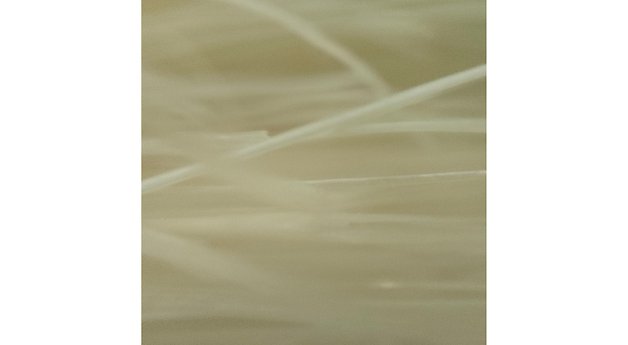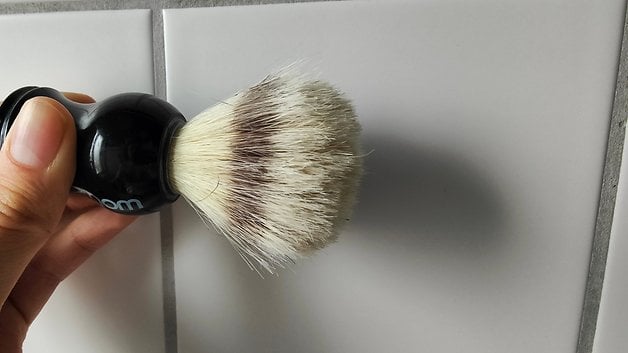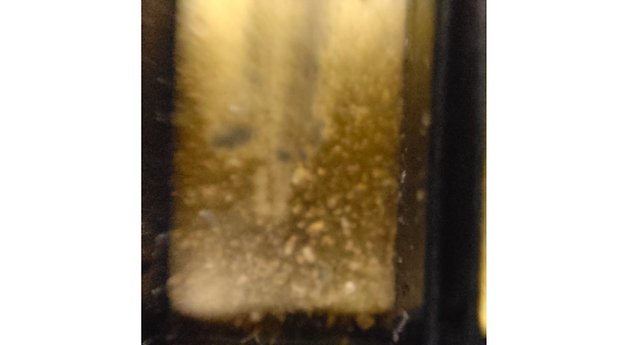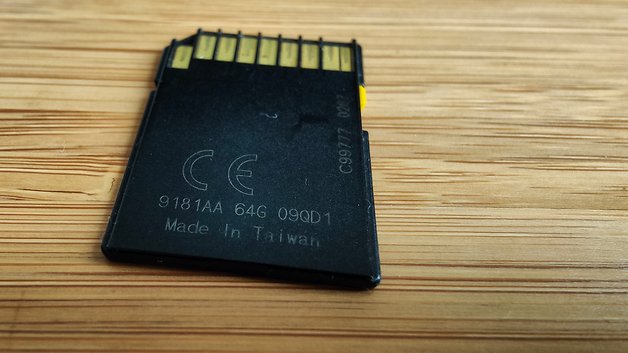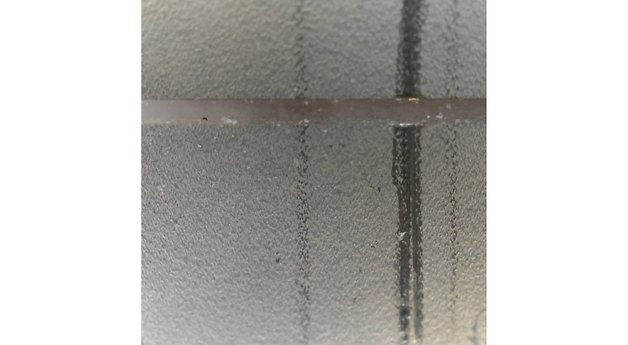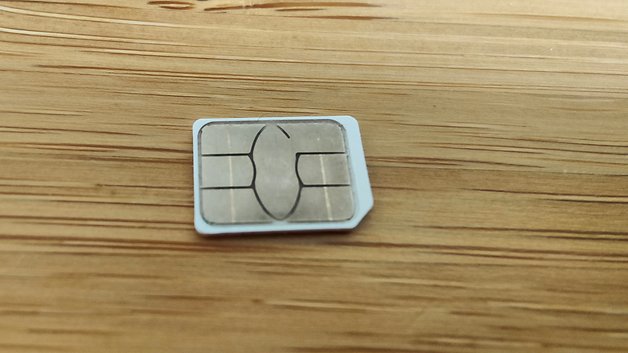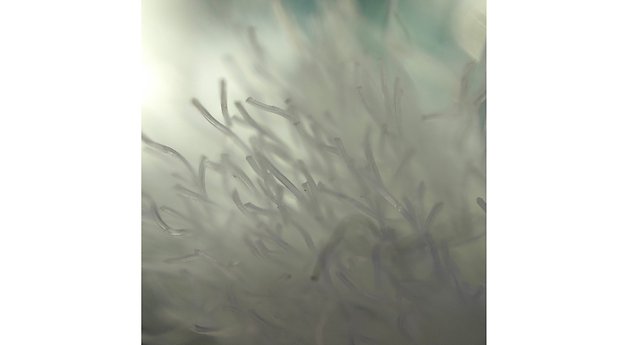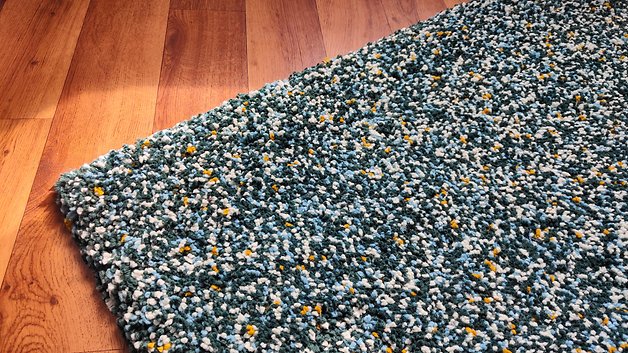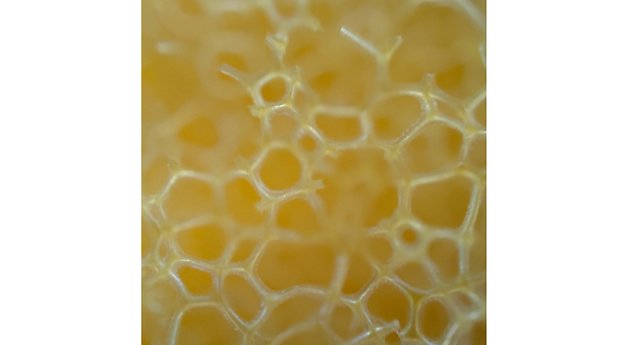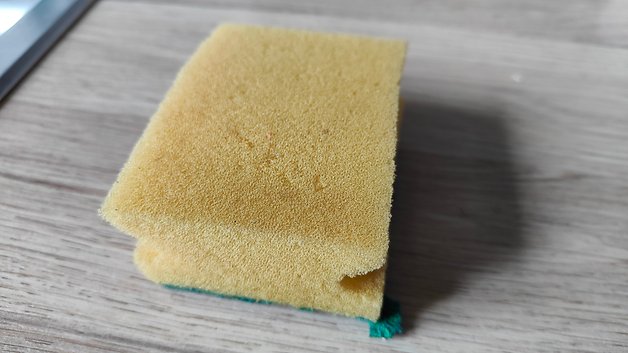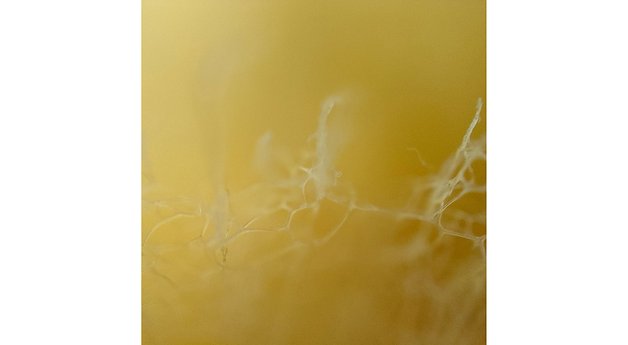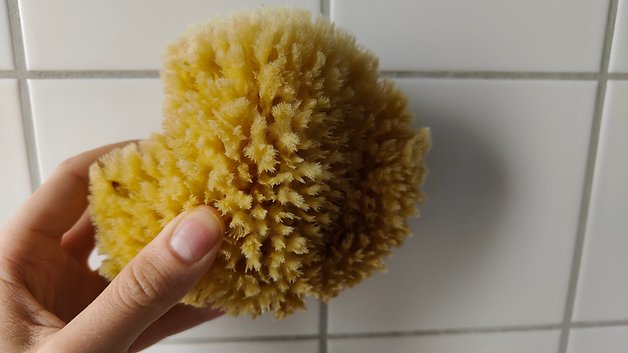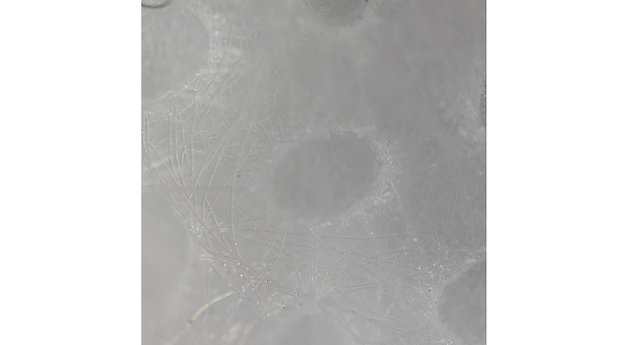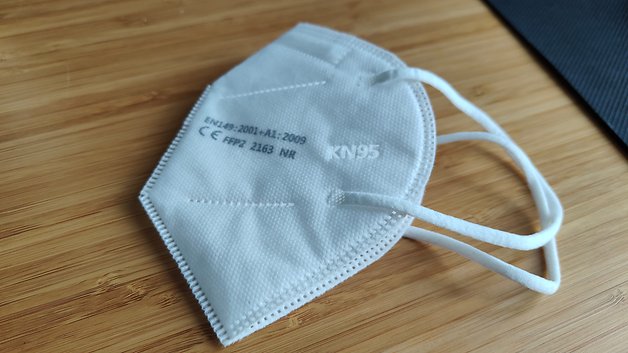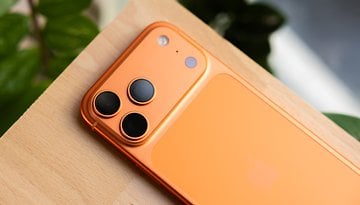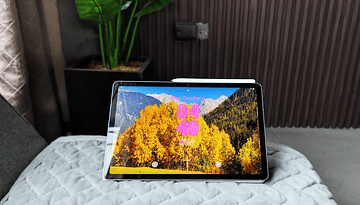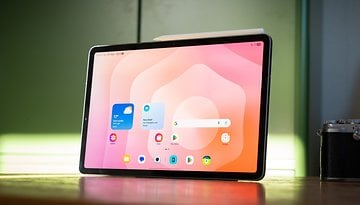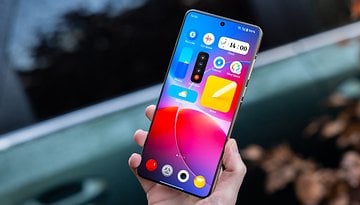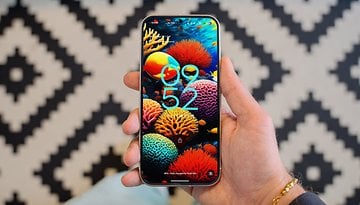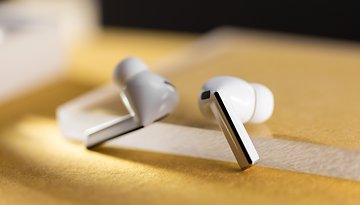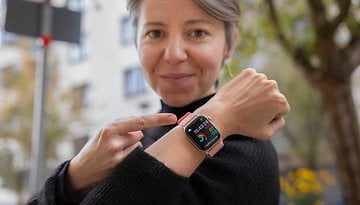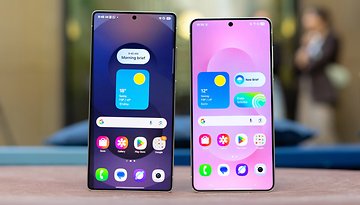Oppo Find X3 Pro Review: Oppo's Magnum Opus
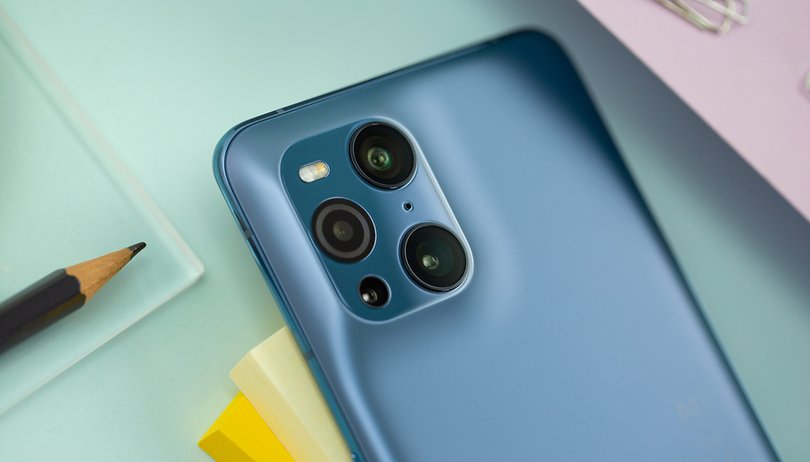

How does the Oppo Find X3 Pro perform when compared to other flagship smartphones like the Samsung Galaxy S21 Ultra, Xiaomi Mi 11, or OnePlus 9 Pro? In this review, I have summarized my impressions after spending close to a fortnight with it as my daily driver.
Good
- Superb performance
- Brilliant camera with cool features
- 120 Hz AMOLED display
- 65-watt Quick Charge
Bad
- Design could be more refined
- Curved screen not for everyone
- No micro SD card support
- HEIF codec can be annoying to use
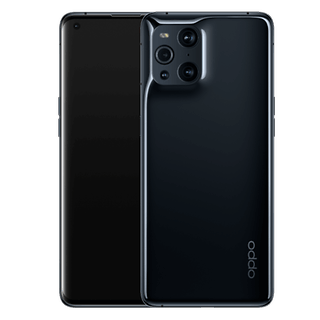
Conclusion: High-end and interesting
With the Find X3 Pro, Oppo manages to come up with an innovative handset of their own this year, sporting a rather interesting camera combination and an interesting rear design. The BBK Electronics' subsidiary has managed to achieve a fine balancing act between trial and error while maintaining high standards in the process. Even if you were to miss out on the microscope camera and hide the 3D glass under a cover, the Find X3 Pro remains a very good high-end flagship smartphone.
It is a pity that the recommended retail price of €1,149 does not result in a refined handset where user experience is concerned. I attribute this mainly to the large 6.7-inch display which is rounded on the sides, something which you would not notice when watching YouTube videos or playing games, but otherwise, it is rather jarring visually.
Display & Feel
At first glance, you will notice that the Oppo Find X3 Pro sports a unique 6.7-inch display with rounded corners and sides. Upon closer inspection and turning it on, you will notice features such as HDR10+ certification, true 10-bit color support, and a 120 Hz refresh rate. In addition, the display boasts of LTPO technology and a maximum brightness of 1,300 nits.
I find the following to be great:
- Crisp and super smooth panel thanks to 525ppi pixel density and 120 Hz refresh rate
- Displays over 1 billion colors
- Perfect for Netflix, YouTube, and consuming video viewing thanks to the generous 6.7-inch display
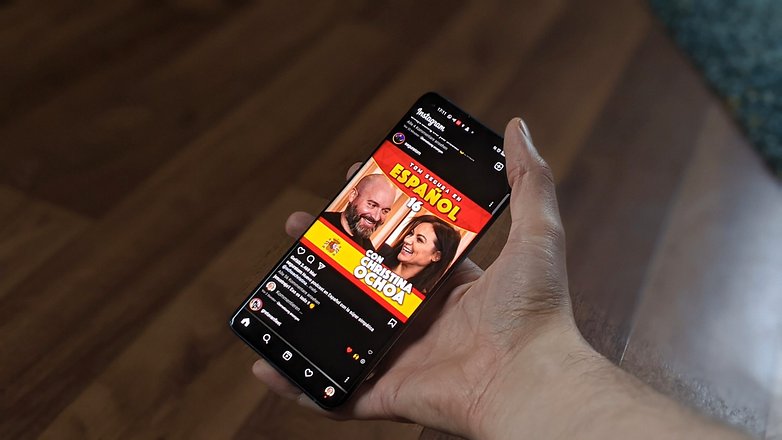
I don't like it because:
- I'm not a fan of curved screens (this is subjective)
- In-display fingerprint sensor is located too low for my liking
- Unwieldy to use even if you have big hands
Mobile phone displays have found a very agreeable denominator this year with LTPO, 120 Hertz, and AMOLED being the staples. Like Samsung with their Galaxy S21 Ultra, Xiaomi with the Mi 11, and OnePlus with the 9 Pro, Oppo also relies on a super high-quality panel that often tempts you to comfortably drop into the nearest time-sapping video channel on YouTube.
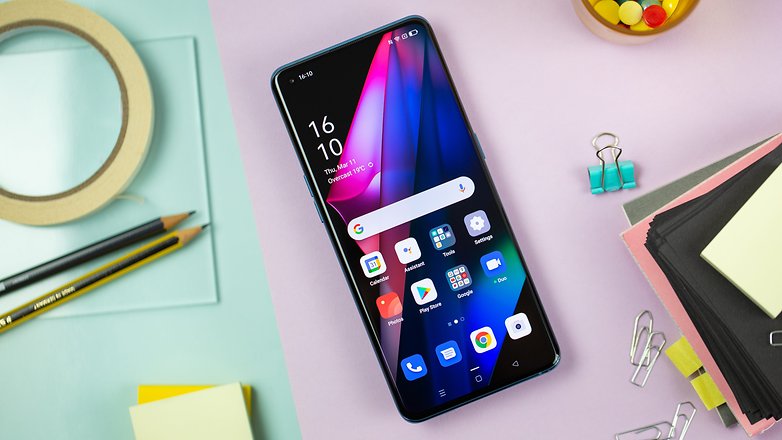
While the 6.7-inch screen is advantageous when watching videos, it inevitably makes the handset chunky. Measuring 163.6 x 74 x 8.3 millimeters, you would also find it unwieldy even if you have large hands. I was pleased with the compact size of the Galaxy S21, touting it to be the perfectly sized flagship, but to my dismay, the Find X3 Pro was cumbersome to use with one hand in comparison. I prefer something that is no larger than 6-inches. But of course, the user experience is totally subjective.
If you're into large screens, the Find X3 Pro will definitely knock your Netflix socks off. The 120 Hz, HDR-10-capable AMOLED display is not only a mouthful to speak, but it's also pretty brilliant. Personally, though, 6.7-inches of viewing goodness is simply too large for me to handle well.
Power & Gaming Performance: Snapdragon 888 delivers PUBG in Ultra HD without breaking a sweat
Oppo also goes toe-to-toe with the aforementioned competitors by using Qualcomm's new Snapdragon 888 SoC underneath the hood. This powerful 5G SoC ensures it consistently churns out high scores in benchmarks and, more importantly, super smooth system performance. A couple of short video editing projects with Kinemaster and mobile games like PUGB ran without experiencing long loading times. There were no dropped frames and the tests ran superbly.
Find X3 Pro benchmark test results
| Benchmark | Oppo Find X3 Pro | Samsung Galaxy S21 Ultra | Xiaomi Mi 11 | OnePlus 9 Pro |
|---|---|---|---|---|
| Geekbench 5 | 932 / 3153 | 942 / 3.407 | 1.085 / 3.490 | 1.112 / 3.633 |
| 3D Mark WildLife | 5.659 at Ø33,90 FPS | 5.375 at Ø 32,40 FPS | 5.704 at 34,10 FPS | 5.670 |
What makes the inner geek in me jump with joy? The ability to crank up the graphics settings in PUGB Mobile to the maximum. Who knew that I'd be able to enjoy gaming in 4K glory on the Find X3 Pro, sooner than on Sony's new PlayStation 5? The stress test in the 3D Mark benchmark showed just how well the smartphone handles its heating even when running under a full load.
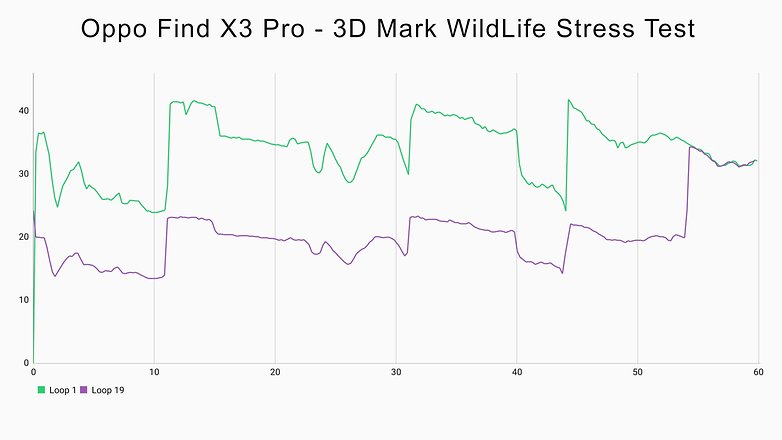
In the stress test, the software repeats a performance benchmark over a period of 20 minutes to see if there are any thermal throttling issues. High-end smartphones often deliver results that reside in the green zone, although gaming smartphones like the ROG Phone 5 handle this segment better due to the better heat dissipation in a game-centric design.
What ultimately matters for the Find X3 Pro is, you end up with a handset that will still have enough performance reserves for apps and mobile games for a few years down the road. This is precisely the advantage of flagship smartphones - hardware longevity, and Oppo also paid close attention to its design.
Camera: I have rarely enjoyed taking photos on my smartphone so much
Let's move on to my favorite part of any smartphone review: the cameras. Once again, let's look at the camera specifications in the table below before diving into my subjective opinion. If you've already read my love letter to the Find X3 Pro a few days ago, though, you don't have to worry about experiencing poor camera performance anymore:
Camera specs at a glance
| Module | Features |
|---|---|
| Main camera | Sony IMX766 sensor | 50 MP | f/1.8 | 1/1.56" | PDAF | OIS |
| Ultra-wide angle | Sony IMX766 sensor | 50 MP | f/2.4 | 1/1.56" |PDAF | 110° field of view |
| Telephoto camera | 50MP | f/2.2 | 2x optical zoom with 52mm |
| Microscope camera | 3MP | f/3.0 | 30x magnification (60x digital) |
| Selfies | 32MP | f/2.4 | 26mm |
| Videos | Max: 4K at 60 fps / 10-bit video, DOL-HDR, LOG |
I liked:
- Similar sensor used for the wide-angle and ultra-wide angle cameras
- Great color reproduction with 10-bit color depth
- Microscope camera is certainly unique!

I don't like:
- Only 2x zoom on the telephoto camera
- 10-bit images in HEIC format is difficult to edit
The quad-camera on the back of the Oppo Find X3 Pro is pretty interesting for three reasons. First, Oppo uses the same sensor for the ultra-wide-angle camera as it does for the main camera. Hence, you no longer have to worry about serious quality differences when you need to zoom out of a subject. While the resolution remains the same, the lens is just a wee bit slower at f/2.4. Apart from that, there are disadvantages of an ultra-wide-angle camera that we are all familiar with by now, including curved edges and the difficulty of getting a well-composed shot.

The other special feature is, of course, the microscope camera, which has never existed in this form in any smartphone before. Although I don't think the feature is so special and indispensable that Apple will also include it as part of their iPhone in a few years' time, the microscope camera actually fired up my desire to snap unique pictures. Despite the 3 megapixel resolution, the results are good enough to be shared on Instagram or in a WhatsApp group without too much degradation. Brace for yourself with some of the unique results that I have captured.
The third special feature relates to what Oppo revealed about the Find X3 Pro earlier. That's because the smartphone allows for a 10-bit workflow that begins with the sensor and ends on the desktop display. The result is images that can theoretically contain up to over a billion colors instead of 16.8 million. Fortunately, this is not only impressive in theory, because the Find X3 Pro's camera was able to convince me with the powerful show of colors in particular.
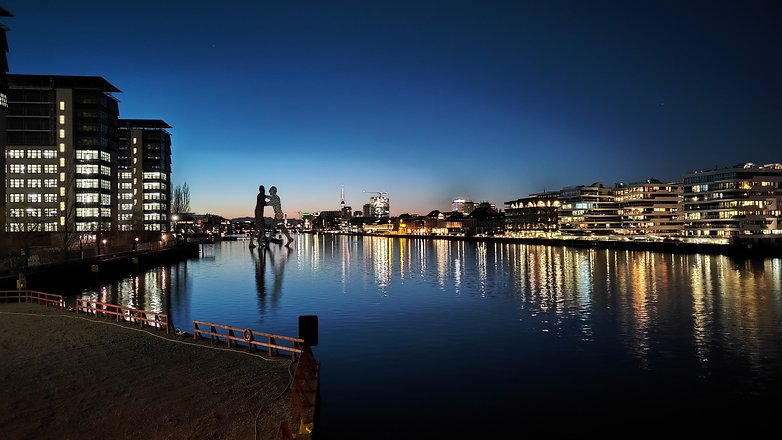
While Oppo's latest and arguably best smartphone camera does these three points very well, there were also things that disappointed me during the review. There's the rather inferior telephoto camera compared to the competition, which only offers 2x optical magnification. Here, Samsung is far more generous having installed a 10x optical zoom in the S21 Ultra. However, the results of the Find X3 Pro still fall within reasonable limits.
Even though Oppo fascinated me with its color play, the question from a few months ago remains: Who needs this feature anyway? If you want to free the images from the limitations of the 6.7-inch display, you can download images in HEIC format from the phone's memory via USB to a desktop or laptop. And trust me, no one wants to go through that hassle on Windows.

The image format is still fairly new and after about an hour, I gave up looking for processing options on Windows 10. The Find X3 Pro's software then converted the images to 8-bit JPG for me, removing all the earlier excitement and fascination that I had. Even if Windows would show be compatible with the HEIF format: Only a handful of computer monitors and an even fewer number of TVs can display 10-bit color. Unfortunately, the photo workflow doesn't end on the small screen of a smartphone. Perhaps paying more attention to the telephoto camera or including another more practical feature would have been the smarter option.
But these are fairly mild criticisms - the Find X3 Pro's camera was a very performer overall. I frequently stopped or paused somewhere to take pictures and was thrilled with the results 95% of the time. By the way, you can find all of the review photos in full resolution in my Google Drive.
Battery life: What charge time are you talking about?
A battery with 4,500 mAh is used to keep the Find X3 Pro going. That would be nothing special if it were not split in two, with the battery being charged by the included with 65 watts charger. Oppo offers its SuperVOOC fast charging technology in all of its Find X3 series, and I must say that it worked as claimed throughout the review
I liked:
- 4,500 mAh is good enough to last an entire day
- SuperVOOC lets you forget about charging times
I don't like:
- Nothing to complain about here, sorry!
Oppo also joins the ranks of 2021's flagships with the Find X3 Pro's 4,500 mAh battery. Once again, the battery is up against one of modern day smartphone banes: an extremely bright and 120 Hertz AMOLED display. Anecdotally speaking, the Snapdragon 888 SoC does seem to be a little better at motivating the energy-saving cores of its tri-cluster architecture to save more energy than Samsung does with its Exynos 2100.
Does fast charging damage your smartphone battery?
The battery life proved to be acceptable in my review, and even got me through to the second day during a particularly stressful day at the office. However, this shouldn't have been necessary at all, because the provision of the 65-watt SuperVOOC charger was able to revolutionize my view on charging times a bit over the past fortnight.
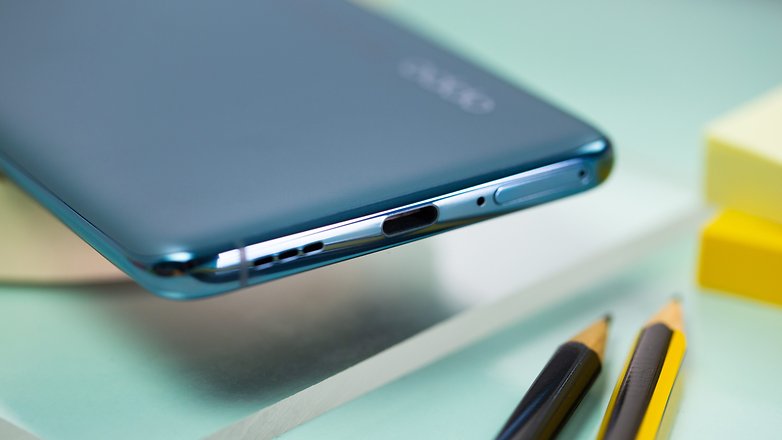
After all, why should I worry about short battery life when it only takes just less than 20 minutes to fully charge my smartphone? After all, Jeff Bezos doesn't sleep poorly when he picks up property, since there are many more billions pouring into his bank account tomorrow anyway. The modern Quick-Charging technology leads to a new form of carelessness, which allowed me to take advantage of maintaining a 120 Hertz refresh rate without the adaptive brightness turned off.
If it does need to last two days, Oppo still offers a power-saving mode, which worked well during my review. Other features include wireless charging at 30-watts and even reverse wireless charging. Oooh!
The salvo that Oppo fired with the 120 Hertz refresh rate display is kept in check with its SuperVOOC fast-charging technology. This result allows you to be more carefree in your smartphone usage without worrying about charging times, as a 20-minute charge is good enough to power it to the maximum from empty. Software power-saving mode is still available in case you need to extend the runtime before gaining access to a charger.
I'm still waiting for these features to become mainstream
Since I wrote this review while bearing in mind to keep it short and sweet, here are a few items that you might want to take note of. I suppose these can be considered as "leftovers" of your favorite snack:
- The Find X3 Pro runs ColorOS 11 and Oppo guarantees two Android version updates
- It comes with powerful stereo speakers and Dolby Atmos certification
- Included with your purchase: A matching rubber case and, of course, a charger (as seen in the unboxing)
- Yes, you can make calls with it too. Voice quality is above average

Oppo Find X3 Pro technical specifications
Oppo Find X3 - Specs
| Model | Oppo Find X3 Pro |
|---|---|
| Processor | Snapdragon 888 |
| Memory (RAM / Internal) | 12 GB RAM LPDDR5 / 256 GB UFS 3.1 |
| Expandable memory | None |
| Connectivity | Dual SIM, 5G, LTE, Wi-Fi 6, Bluetooth 5.2, NFC |
| Display | 6.7-inch, 120 Hz, AMOLED, QHD+ at 525 ppi, 10-bit with 1.07 billion colors, Gorilla Glass 5 |
| Size | 163.6 x 74 x 8.26 mm |
| Weight | 193 g |
| IP certification | IP68 RATING |
| Camera | 50MP wide-angle (f/1.8 | proprietary IMX766 sensor) 50MP ultra wide-angle (f/2.2 | IMX766), 13 MP telephoto (f/2.4) 3 MP microscope camera (f/3.0) |
| Video | Max: 4K at 60 fps |
| Battery Capacity | 4,500 mAh |
| Charging Technology | 65 W Super VOOC 2.0 / 30 W AirVOOC |
| Materials | Curved 3D glass |
| Authentication | In-display fingerprint sensor |
| Operating System | Android 11 with ColorOS 11.2 |
| Price | €1,149 |
| Release | Available for pre-order from 18 March / Available on 1 April |
Conclusion: The most creative flagship of the year (as of March 2021)
After two weeks of use, it's time to draw a line. And yes, I have already shared my thoughts in the team chat, because I actually have to give the Find X3 Pro back (in a grudging manner). That said, I'm not paid by Oppo, nor do I have any brand loyalty for Oppo. Instead, the Find X3 Pro proved to be fun to use during the review. That's because it offers all the features that belong in a current flagship based on what we've seen so far on the Mi 11, Galaxy S21, and its ilk. Additionally, with its 3D back and unconventional camera configuration, it sports a fresh touch of invention that is sure to put a smile on some tech enthusiasts' faces.
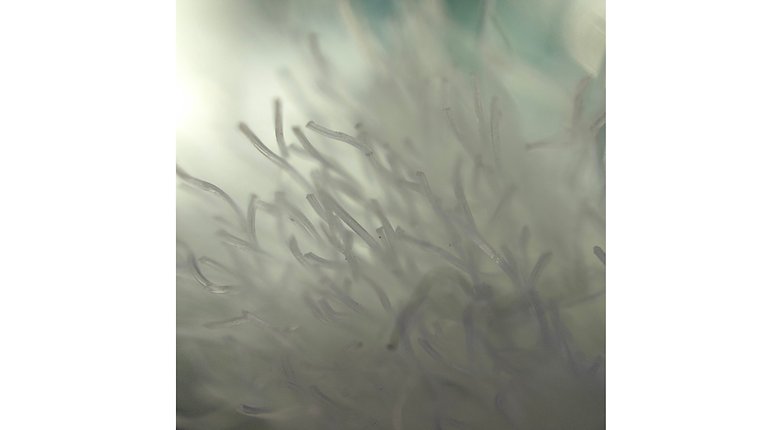
The disappointing telephoto camera performance, the lack of a memory expansion option via micro SD with its rather unwieldy form factor are the only shortcomings that I can think of with the Find X3 Pro. I personally don't like ColorOS either as opposed to stock Android or other better-executed skins. You will just have to decide if you want to buy a new Find X3 Pro or a second-hand flagship from a different brand.
